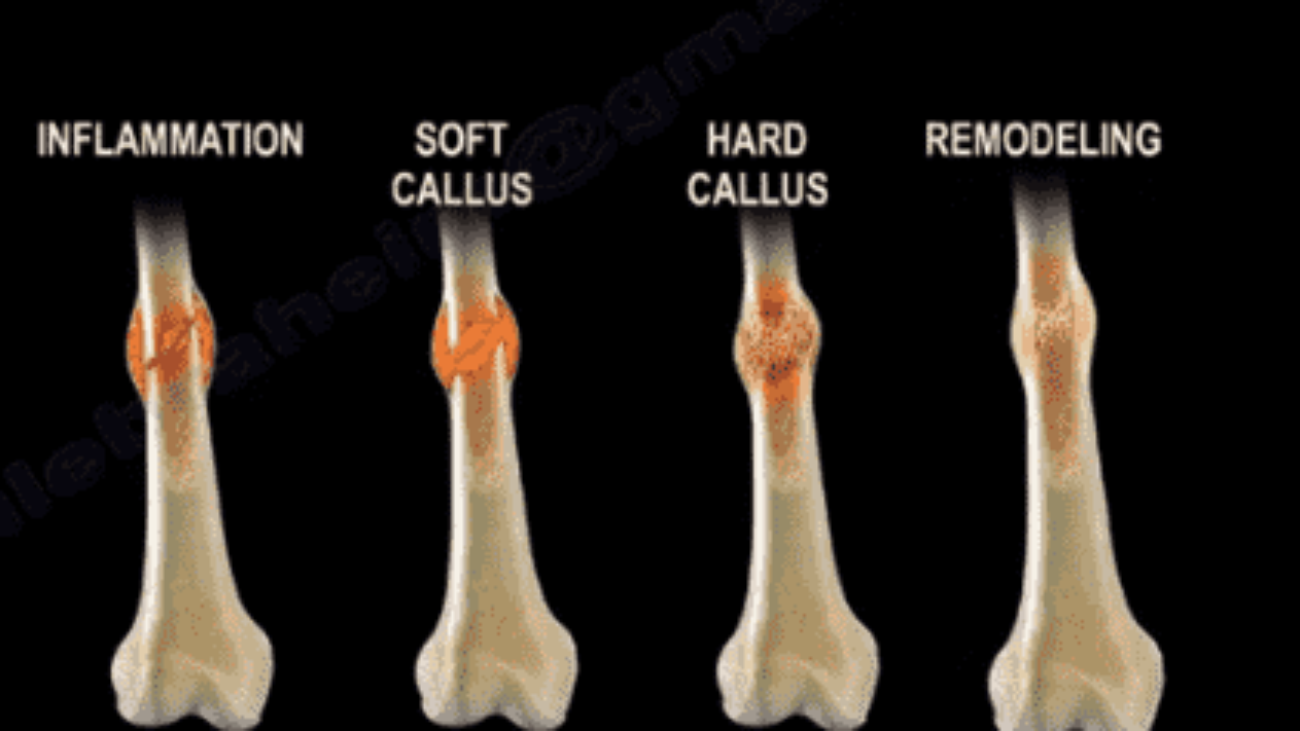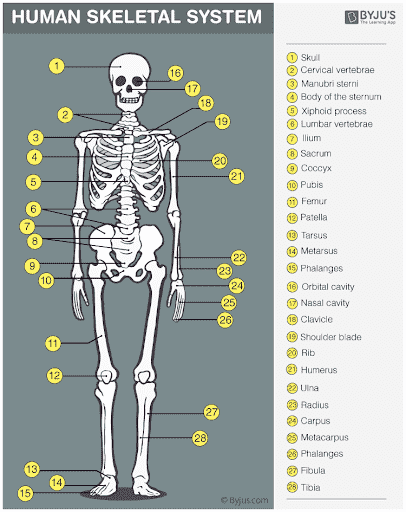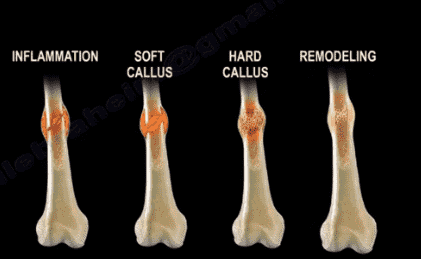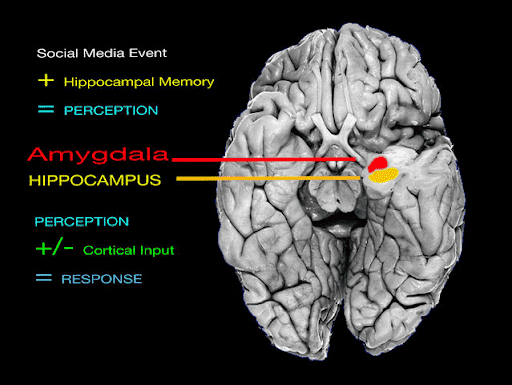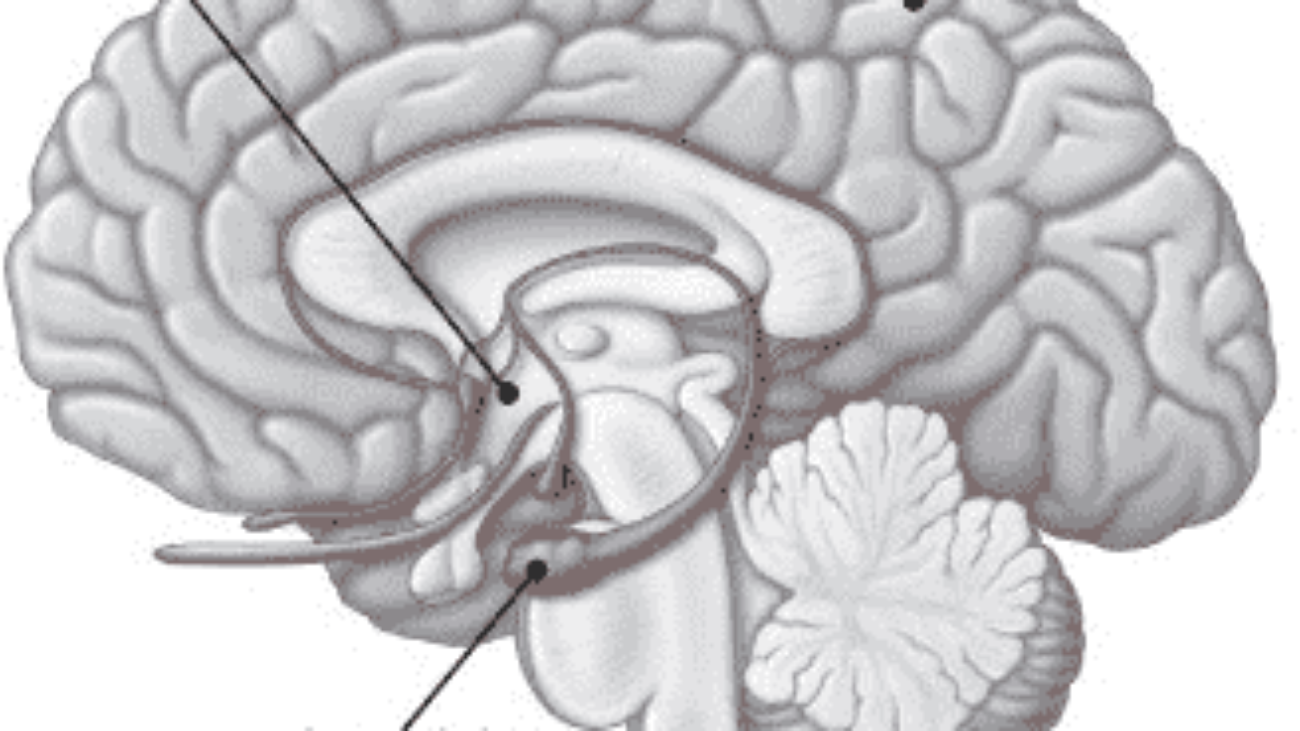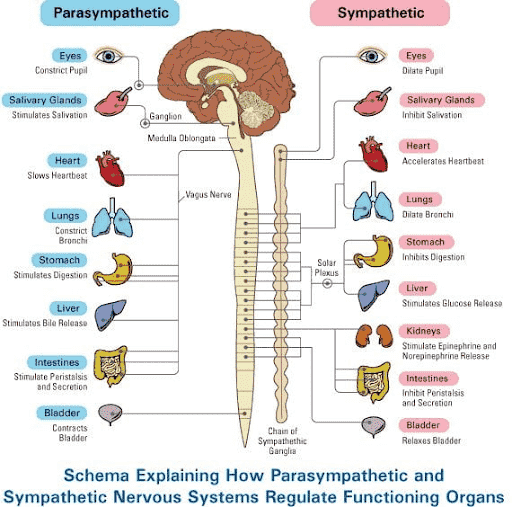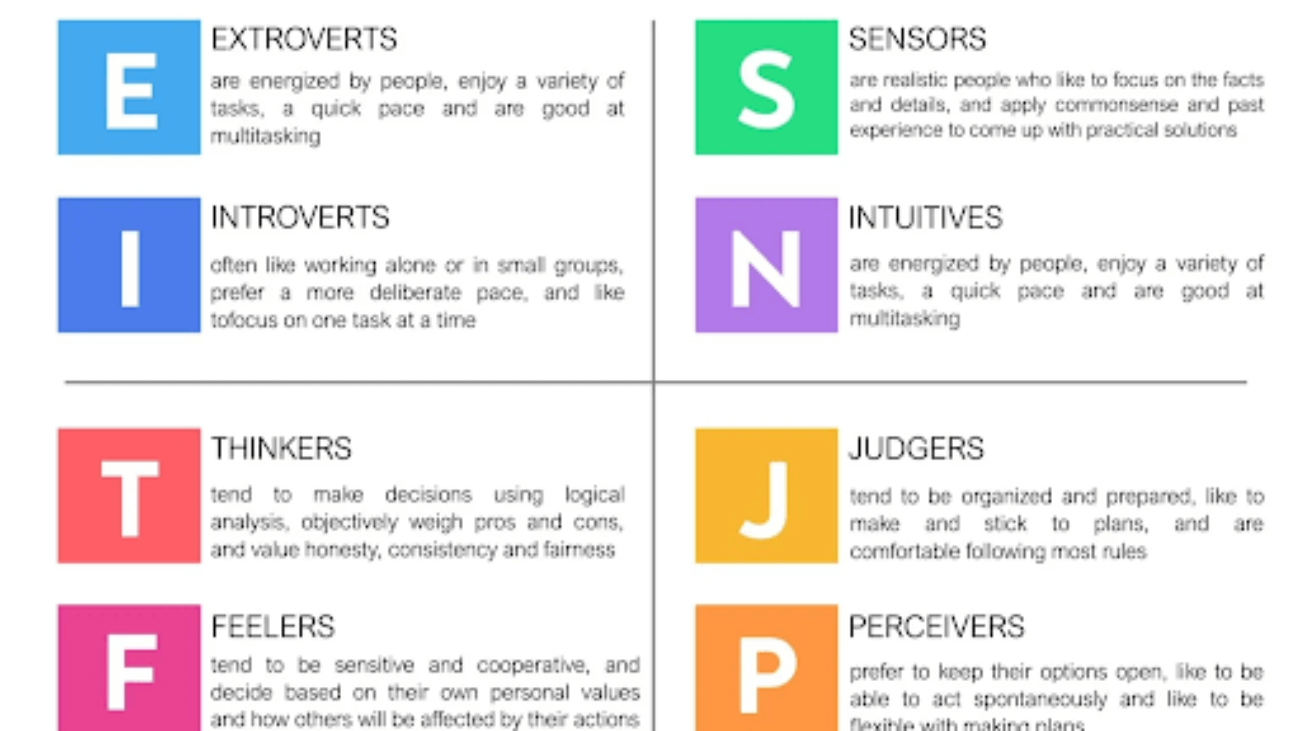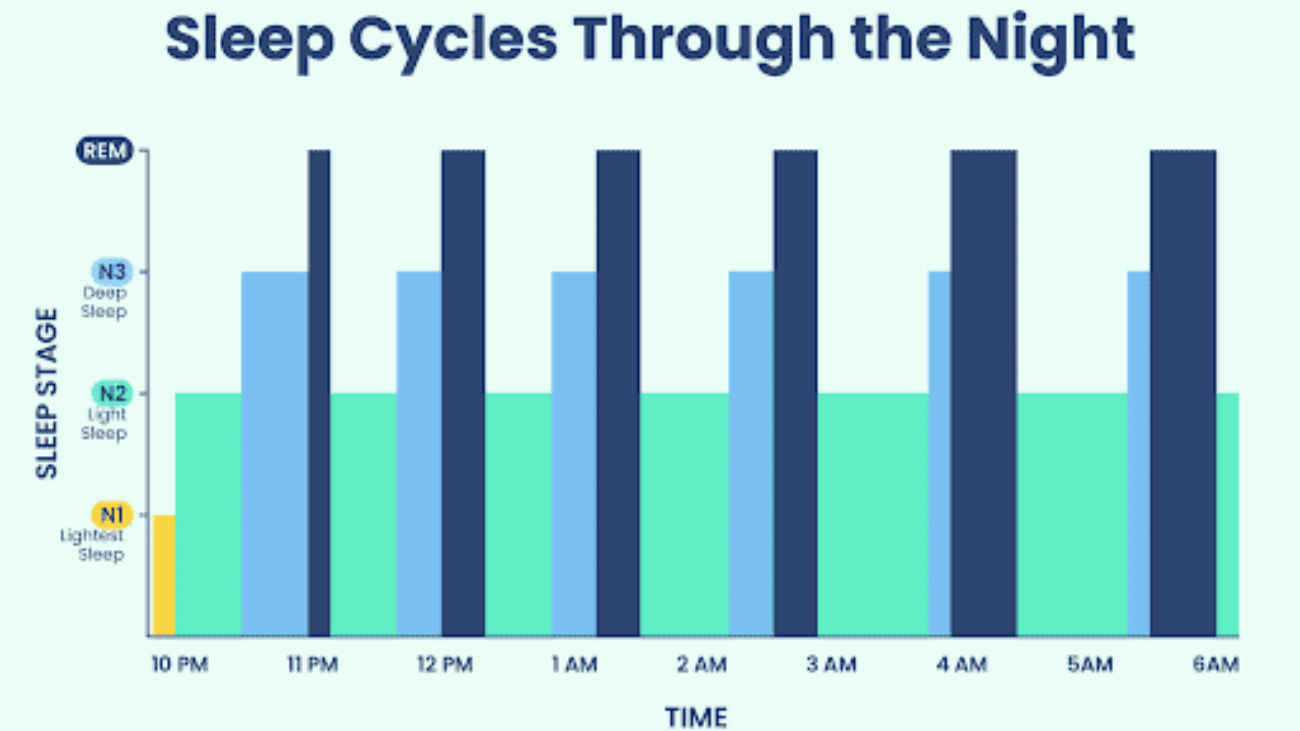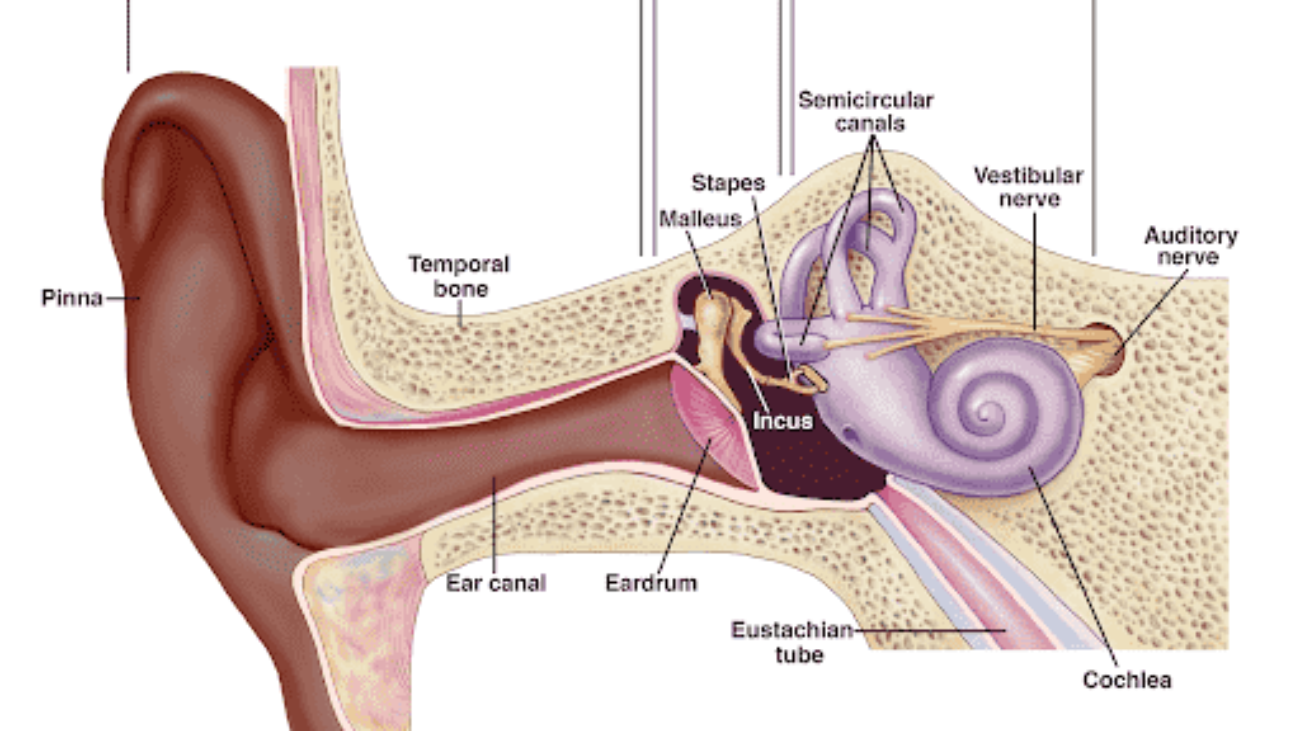
In a world beset by pollution and environmental damage, bioremediation shines as a beacon of hope. This cutting-edge biotechnology harnesses the innate capabilities of living organisms, like fungi, to combat environmental crises. It presents an eco-friendly, cost-effective solution for cleansing soil, water, and ecosystems plagued by pollutants and toxins. In this article, we’ll explore the fascinating world of bioremediation, delving into its mechanisms, varied methods, and real-world applications.
Understanding Bioremediation
Bioremediation stands as a pioneering technique that leverages living organisms to restore balance to tainted environments. This innovative approach proves to be invaluable in addressing a spectrum of environmental challenges, from polluted groundwater to catastrophic oil spills. Be it the rejuvenation of a pristine forest or the rehabilitation of an industrial site, bioremediation promises an ecologically sustainable solution.
The Inner Workings of Bioremediation
At the core of bioremediation lies the stimulation of specific microorganisms, orchestrating nature’s own purification process. This method revolves around optimizing the conditions for these microorganisms to thrive, thus expediting the breakdown of contaminants. To achieve this, bioremediation employs various additives like molasses, vegetable oil, or even simple aeration. These additives serve as catalysts, invigorating microbial activity and creating a more hospitable environment for their growth.
Bioremediation can be implemented through two primary approaches: “in situ” and “ex-situ.” In situ bioremediation transpires directly at the site of contamination, while ex-situ bioremediation takes place elsewhere. The choice between the two hinges on factors such as climate, soil density, and the extent of contamination. Ex situ bioremediation may involve soil excavation and above-ground cleansing, potentially adding substantial costs to the process.
Advantages of Bioremediation
Bioremediation presents a range of compelling advantages as an environmentally friendly approach to tackling pollution and contamination challenges. By harnessing the natural abilities of microorganisms and minimizing disruption to ecosystems, it offers a cost-effective and sustainable solution. Bioremediation is versatile, capable of addressing various contaminants, and it generates fewer wastes, transforming pollutants into harmless byproducts. It boasts long-term effectiveness, adapts to site-specific conditions, and enjoys regulatory support in many regions. Moreover, this method promotes energy conservation and reduces the risks of accidents.
A Remarkable Bioremediation Case
A striking example of bioremediation’s success unfolded in the aftermath of the 1989 Exxon Valdez oil spill. This catastrophic incident saw the Exxon Valdez oil tanker run aground off Alaska’s coast, resulting in the release of approximately 11 million gallons of oil. As the world grappled with the enormity of the spill, bioremediation emerged as a promising solution.
Both the Environmental Protection Agency (EPA) and Exxon Mobil Corporation initiated experiments with various compounds to mitigate the disaster. Initial tests with bioremediation yielded promising results. Between 1989 and 1990, over 100,000 pounds of fertilizer were applied through more than 2,000 applications to the affected areas. By mid-1992, the cleanup was declared complete, with the fertilizer successfully breaking down nearly all the oil compounds.
Easiest Example of Bioremediation
Composting can be perceived as a variant of bioremediation known as biodegradation. It transforms food waste into fertile soil, reducing the strain on landfills and contributing to a more sustainable environment.
Conclusion
Bioremediation stands as a powerful fusion of science and nature, furnishing humanity with a formidable tool to combat environmental pollution. Its reliance on natural processes, minimal disruption to ecosystems, and cost-effectiveness position it as an exemplary solution for a world in urgent need of environmental healing. As we confront the challenges of pollution, bioremediation serves as a testament to our capacity to harness nature’s forces to mend the damage we’ve inflicted upon the Earth.
Bibliography:
Mitchell, C. (2022). What is bioremediation, and how does it work (With examples)? Investopedia. https://www.investopedia.com/terms/b/bioremediation.asp
Admin. (2021). Bioremediation – process | Types of bioremediation | Examples. BYJUS. https://byjus.com/biology/bioremediation/
Society, M. (n.d.). Bioremediation: The pollution solution? Microbiology Society. https://microbiologysociety.org/blog/bioremediation-the-pollution-solution.html


